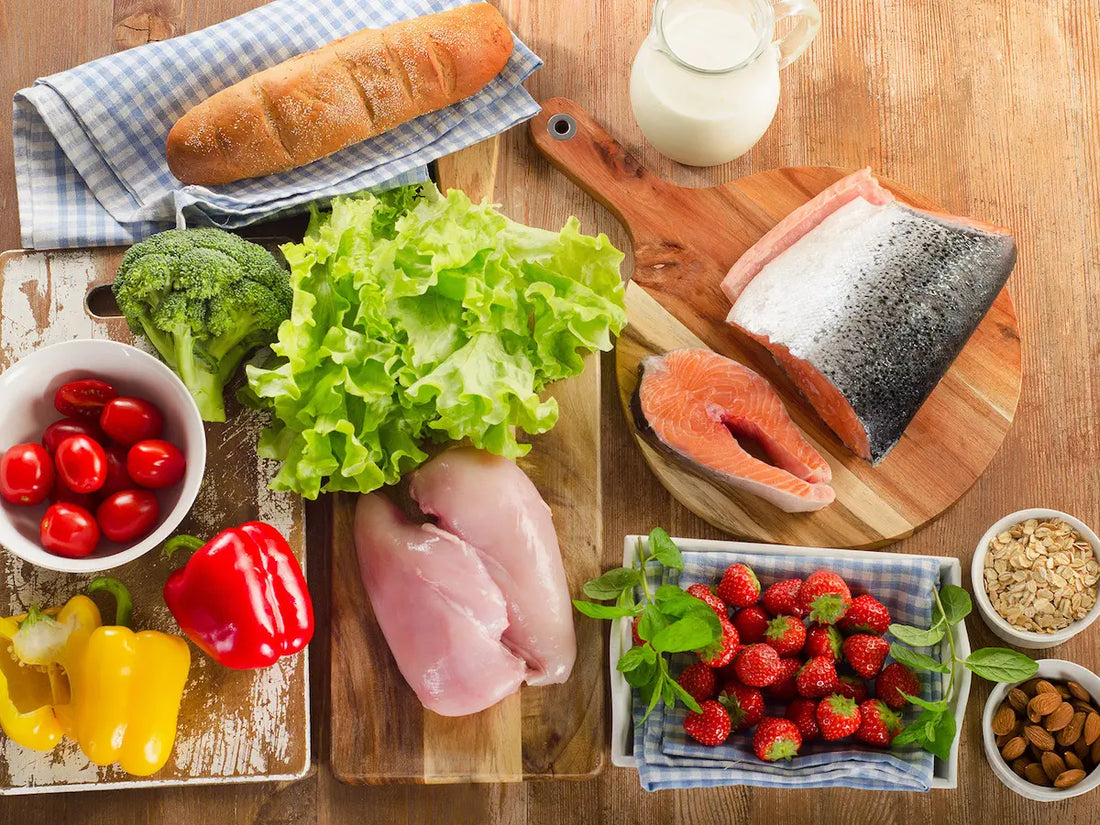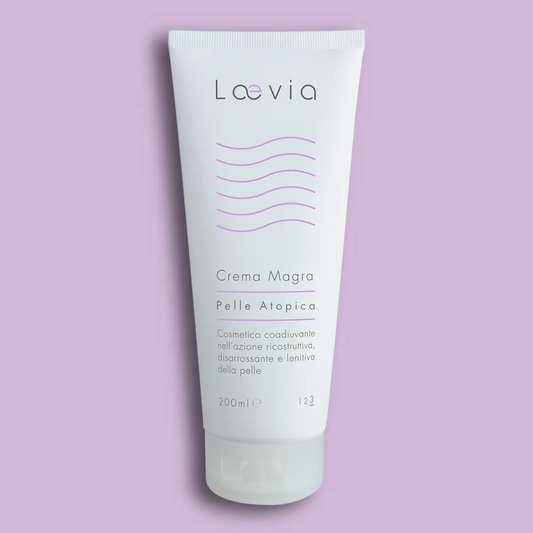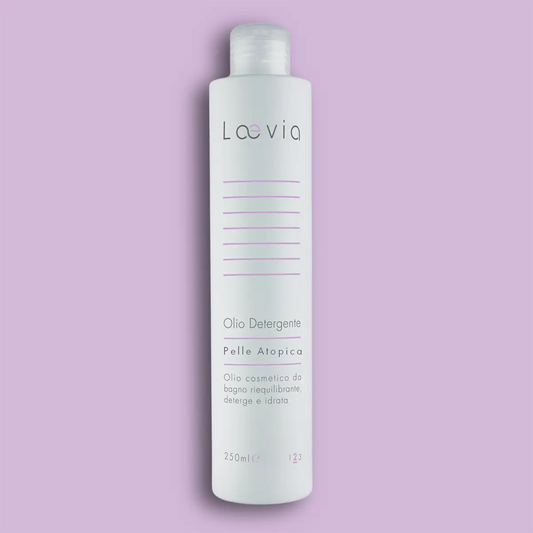This is not always the case, but atopic dermatitis can be associated with food allergies , especially to foods containing nickel, which therefore should be avoided on the advice of the specialist.
When the table is itchy
Well yes, sometimes even sitting at the table can cause unstoppable itching.
But don't worry, it doesn't mean starting to scratch at the first bite as if you had fallen into a meadow full of nettles.
However, it could happen that some foods, which fortunately are not the majority, may be responsible for a reaction similar to the pinch of allergic plants, giving rise to blisters and skin rashes of different types and entities, due precisely to an allergic component present in the inside of a offending food.
Reactive antibodies
In the case of food allergy, it is the fault of an anomalous reaction to some substances contained in foods, which act as allergens, and which are perceived by the body as toxic, even if in reality they are not.
Thus, to defend itself from this presumed enemy, the body unleashes a series of attacks made by antibodies on healthy cells.
Children are more at risk, also for this form of dermatitis: in fact, atopic dermatitis, a predominantly pediatric inflammatory disease, is often also accompanied by manifestations of food or respiratory allergy, due to the so-called "allergic march", with percentages of high in early childhood and then gradually decrease in subsequent years.
However, this does not mean that adults cannot scratch food-related itching or are immune to it; in fact, food allergies can occur at any age, appear suddenly and disappear forever just as quickly.

Dietary elimination?
The question could be legitimate, but excluding the presumed allergenic food a priori is not the correct approach.
When there is a suspicion that a food may cause an abnormal reaction, it is necessary to contact an allergist specialist, undergo the appropriate diagnostic tests, and only then temporarily eliminate that food, and then gradually reintroduce it into the diet.
If, after taking it again, the dermatitis reappears, then the food should probably be excluded, but carefully following the specialist's instructions.
If, however, atopic dermatitis is not associated with proven food allergies, subjecting or subjecting the child to particular diets may not make sense, indeed, it could be counterproductive given the need for the child to take in all the nutrients that are useful for him to grow.
If, however, atopic dermatitis is not associated with proven food allergies, subjecting or subjecting the child to particular diets may not make sense, indeed, it could be counterproductive given the need for the child to take in all the nutrients that are useful for him to grow.
One piece of advice could be to avoid foods full of colorings and preservatives, which in any case don't do much good.
Delay or ease symptoms
This is the goal of anyone suffering from atopic dermatitis associated with or worsened by allergies to one or more foods.
But how? Unfortunately it is not possible to generalize and give general indications because each case is different.
In fact, the allergic history will be different from child to child and from person to person due to genetic predisposition, familiarity, environmental conditions and lifestyles and therefore deserves an individual evaluation by the specialist.
However, there are good eating habits that, even at the table, can help control the disease.
Together with correct cleansing and hydrating the skin with specific products for atopic dermatitis, these good habits can help mitigate annoying symptoms such as incessant itching.
Long live probiotics!
According to the guidelines developed by the World Allergy Organization, with the collaboration of the Bambino Gesù Pediatric Hospital in Rome, the intake of live microorganisms such as lactobacilli and bifido bacteria during pregnancy can reduce the chances of developing dermatitis and eczema, food allergies, asthma and allergic rhinitis.
Research has highlighted that the intake of probiotics not only during pregnancy, but also during the breastfeeding period and then given to the child in the first year of life can significantly lower - even up to 9% - the risk for the newborn of incur allergies, with a much more evident benefit for dermatitis and eczema.
Nickel
Nickel deserves separate consideration, a metal present almost everywhere in the soil, in the air, in water, in metal objects of common and daily use, but also in food. Therefore a substance that could cause a double allergy:
- a contact allergy, when objects that have this component inside them are touched or worn
- a food allergy, especially if you follow a diet rich in foods of plant origin in which the concentrations are four times higher than those of animal products
“Heavy Metal” foods
There are foods that contain nickel more than others, and are therefore those to avoid for those suffering from this food allergy:
- Cocoa and chocolate
- Soya beans
- Oatmeal, corn and wholemeal
- Walnuts, almonds
- Fresh and dried legumes
- Onions, spinach, asparagus, tomatoes
- Margarine
- Pears
- Baking powder
- Licorice
- Canned foods, drinks and supplements containing nickel (the contents can be verified from the label)
- Some fish such as tuna, herring, salmon, mackerel and shellfish
“Hard rock” foods
There are some moderately metallic foods, the consumption of which is permitted but with great caution:
- Cauliflower, cabbage, lettuce, carrots
- Refined rice, white flour
- Jam
- Wine, beer and coffee
- Fresh fruit (excluding pears)
- Acidic foods that can lead to the dissociation of nickel from metal utensils used in food preparation
And finally… “soft” foods
They are good foods for the skin and recommended for those allergic to nickel:
- Poultry and lean meats with the fat removed
- Egg
- Fresh or frozen fish except those previously mentioned
- Fresh and mature cheeses including Grana Padano, milk and derivatives such as ricotta and yogurt
- Vegetables (with due exceptions)
- Cereals (except those not permitted) and potatoes
- Raw extra virgin olive oil
- Water, at least 2 liters per day (preferably natural low mineral content).





